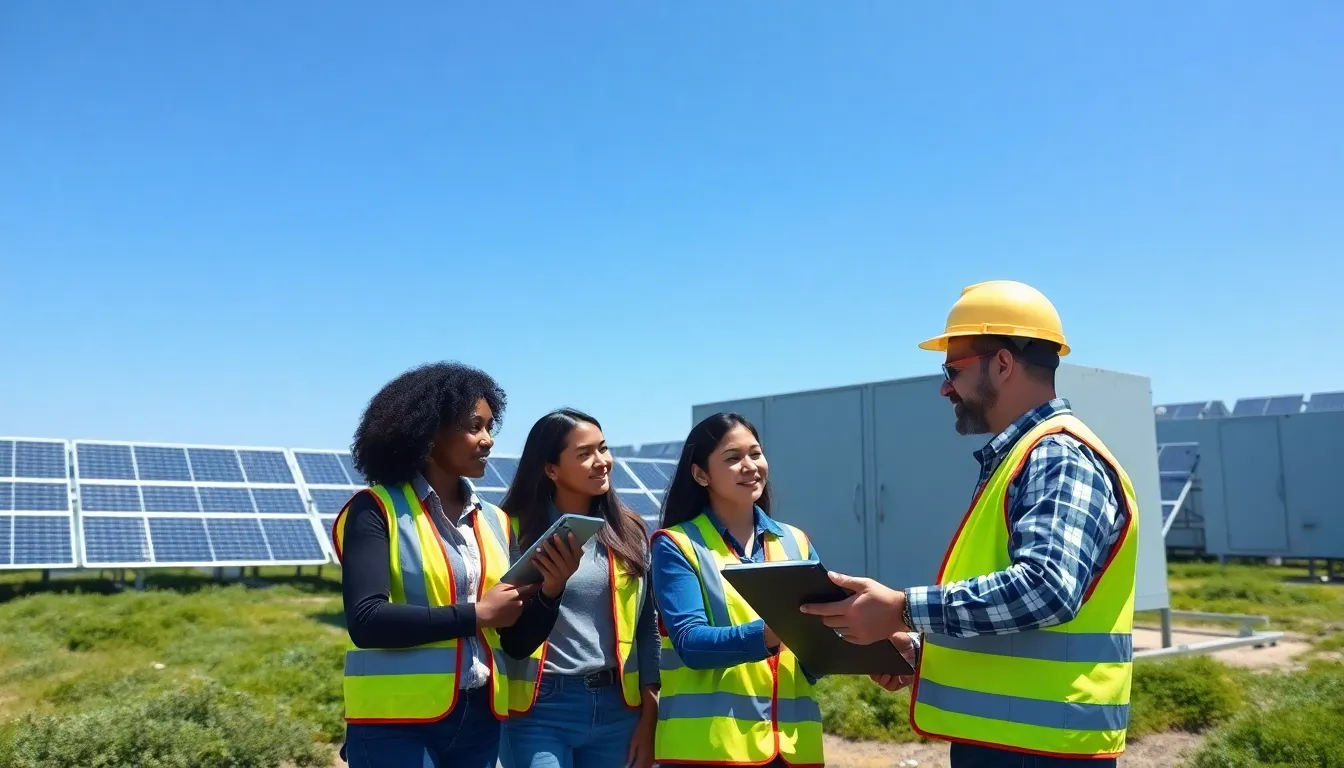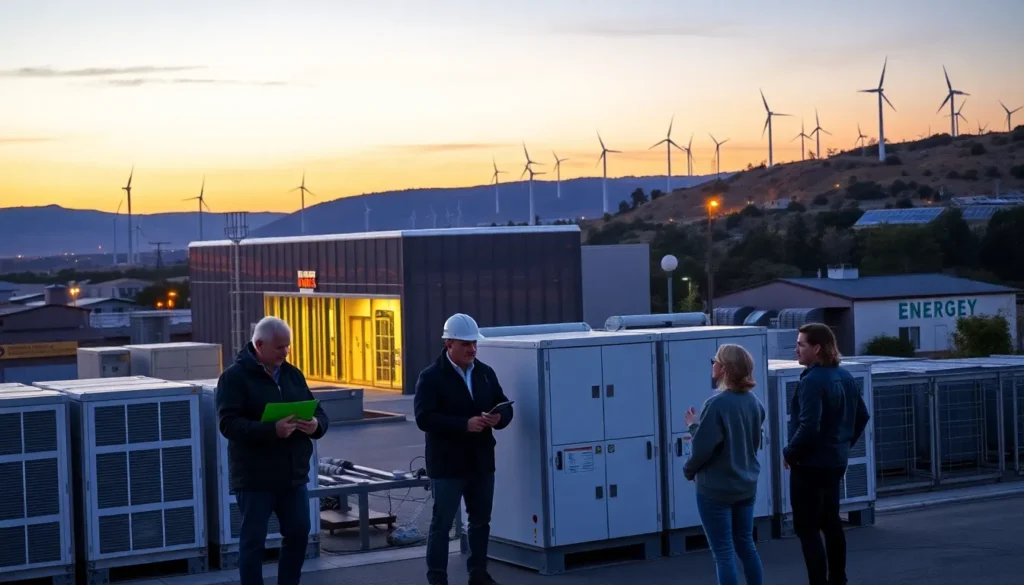Table of Contents
ToggleIn an era where energy efficiency and sustainability are paramount, understanding power retention has become crucial for various industries. LotsOfPower retention technologies not only optimize energy use but also contribute to environmental conservation. This article explores the essential components of power retention, the factors influencing it, associated challenges, and future trends.
Understanding Power Retention

What Is Power Retention?
Power retention refers to the capability of energy systems to store and maintain electrical energy for later use. This involves various technologies that ensure energy generated, be it from renewable sources like wind and solar or conventional means, does not go to waste. By enabling the storage of surplus energy, power retention plays a pivotal role in balancing supply and demand, enhancing system reliability.
Importance of Power Retention in Energy Systems
The importance of power retention cannot be overstated. In a landscape increasingly reliant on renewable energy, power retention technologies help mitigate the intermittency and variability associated with these sources. Energy storage systems not only prevent excess energy generation from being lost but also allow for energy usage during peak demand periods. This leads to increased grid stability, reduced energy costs, and a lower carbon footprint.
Factors Affecting Power Retention
Types of Power Retention Technologies
Power retention technologies can be broadly categorized into batteries, flywheels, pumped hydro storage, and thermal storage systems.
- Batteries: Lithium-ion batteries dominate the market due to their energy density and efficiency, although newer technologies like solid-state batteries are emerging.
- Flywheels: These systems provide high power output over shorter durations, making them ideal for applications requiring quick energy bursts.
- Pumped Hydro Storage: It utilizes gravitational potential energy by pumping water uphill during low demand and releasing it during high demand.
- Thermal Storage: This technology stores energy in the form of heat, which can later be converted back into electricity.
Comparative Analysis of Power Retention Solutions
When evaluating these power retention solutions, it’s crucial to consider factors such as cost, lifecycle longevity, environmental impact, and specific application needs. For instance, while batteries provide excellent energy density, they can be costly and have environmental concerns related to resource extraction. In contrast, pumped hydro is proven and efficient for large-scale applications but is limited by geographic constraints. Each solution has its strengths and weaknesses, making the choice heavily dependent on the intended application and context.
Challenges in Implementing Power Retention Solutions
Case Studies of Successful Power Retention Implementations
Implementing power retention solutions comes with its own set of challenges, including high initial costs, regulatory hurdles, and technological limitations.
One notable case study is the Hornsdale Power Reserve in South Australia, which employs lithium-ion battery technology to provide grid stability and reliability. Following its implementation, it significantly reduced energy prices by allowing for greater integration of renewable sources.
Another successful case is the La Rance tidal power plant in France, which showcases the potential of innovative energy storage methods. Its long-standing operation since the 1960s illustrates how older technologies can retain relevance while newer solutions evolve. These examples highlight how overcoming implementation challenges can lead to successful energy retention solutions.
Future Trends in Power Retention Technologies
The future of power retention technologies is bright, with trends indicating a shift towards more sustainable and efficient solutions. Innovations in battery chemistry, such as sodium-ion batteries and flow batteries, promise to enhance energy storage efficiency while reducing reliance on scarce resources.
Also, artificial intelligence (AI) is expected to play a significant role in optimizing energy management systems, allowing for smarter integration and real-time adjustments based on energy demand and production data.
Grid-scale energy storage systems will increasingly become part of smart cities, leveraging advancements in connectivity and integration with the Internet of Things (IoT) to streamline energy use. As policies continue to favor sustainability, investment in power retention solutions will likely accelerate, creating a robust market for future technologies.
Conclusion
Power retention is a critical component of modern energy systems, enabling the efficient use of generated electricity and fostering a more sustainable future. By exploring the types of power retention technologies, understanding their advantages and limitations, and analyzing successful case studies, stakeholders can make informed decisions about their energy strategies. As technological advancements continue and the world leans more towards renewable energy, effective power retention solutions will undoubtedly play a central role in shaping the energy landscape.







